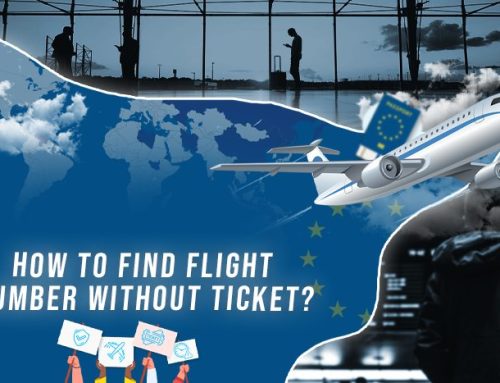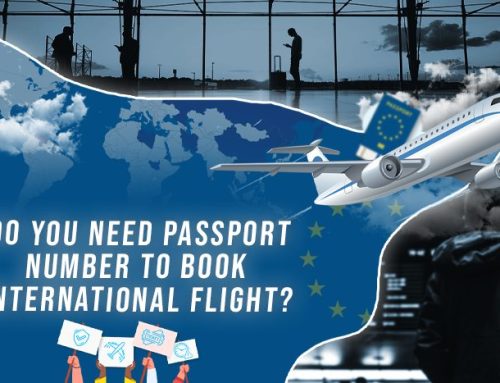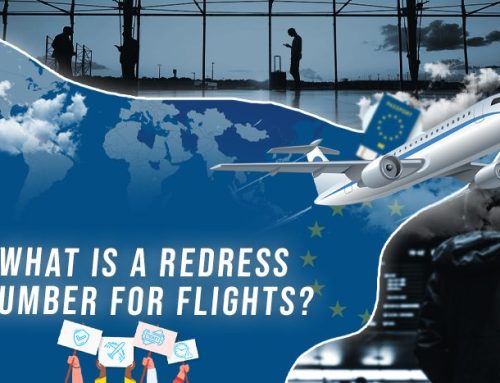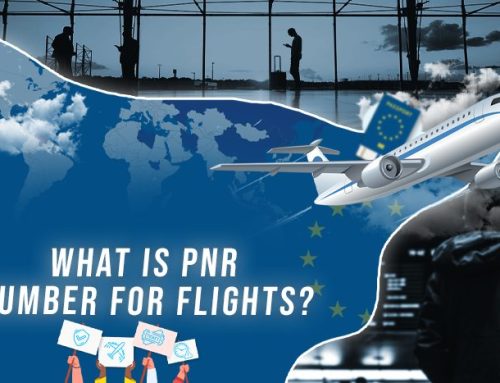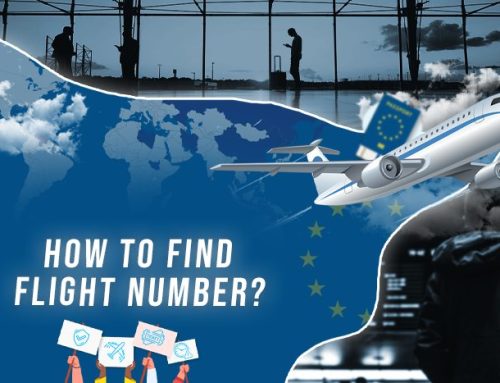When you’re taking off, you can feel how fast the plane is accelerating. As you ascend into the air, your ears may pop as you go faster and higher with each second. However, once you’re cruising in the air, it may not feel like you’re moving at all! Fortunately, that’s not the case. The plane is still moving at fast speeds to get you to your final destination.
Flying is, in most cases, the fastest way to travel – but how fast can an airplane really go? The answer is it’s complicated. Here’s why.
Key Takeaways
- The speed of an airplane depends on several factors, including the type of plane, weather conditions, weight, and size. Commercial planes typically travel between 550 and 600 miles per hour, while military planes can reach much higher speeds, up to 4,520 mph.
- Various factors can influence the speed of an airplane. Adverse weather conditions or deliberate speed adjustments by pilots can slow down the aircraft. The weight of the plane plays a crucial role as heavier planes require more energy to maintain their speed.
- Airplane speeds are often measured in knots, with one knot equivalent to one nautical mile per hour. Additionally, some aircraft use the term “Mach” to describe their speed relative to the speed of sound.
- Different types of aircraft are engineered with specific purposes in mind. Some planes are designed for speed, while others prioritize long-distance travel or passenger capacity.
- Despite varying speeds and complexities, airplanes remain one of the fastest and safest means of travel. Ongoing efforts by manufacturers and airlines to improve fuel efficiency contribute to reducing environmental impacts.
- While passengers might not always feel the plane’s speed during cruising, it is essential to understand that the aircraft is still moving at high speeds, efficiently taking passengers to their destinations.
How Fast Can Airplanes Travel?
How fast an airplane can go really depends on the type of plane. Typically, commercial planes can go between 550 and 600 miles per hour, or 478 to 521 knots. They don’t fly at this speed at all times, though.
However, military planes can fly much faster, making it easier to evade attacks. The fastest militaay plane can go up to 4,520 mph.The faster the plane flies, the more fuel it burns. Planes traveling at higher speeds will need to refuel more often and take shorter trips.
The speed at which an airplane can travel is measured in knots. One knot is one nautical mile or about 1.15 miles per hour. Many of the faster airplanes talk about their speed in terms of Mach, which is the speed of the aircraft divided by the speed of sound.
What Factors Impact How Fast Airplanes Can Go?
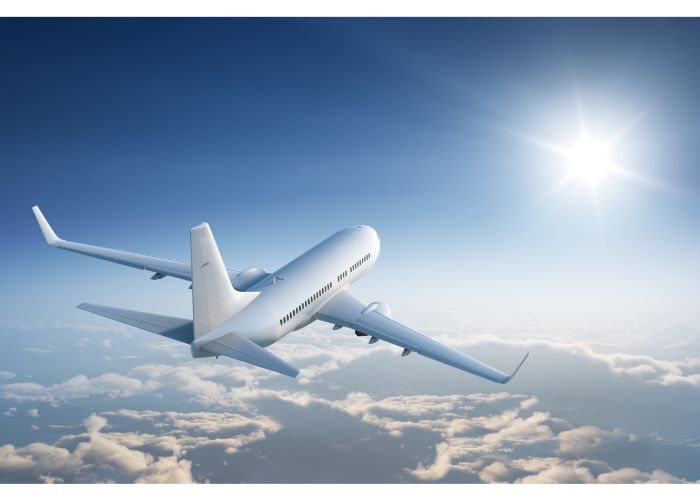
Just because a plane can go fast doesn’t mean it can always achieve its maximum speed. A plane can be slowed down for any number of reasons, including:
- Weather: If the weather is bad, it can slow down the plane naturally, or the pilot can reduce the speed intentionally. Additionally, if you are traveling against the wind, it can slow the plane down as it takes more energy, thanks to air resistance.
- Weight of the Aircraft: The weight of the plane can also impact how fast it can travel because the heavier the plane is, the more energy it will take to keep it moving. This is why there are weight limits, especially with luggage, to keep the ratio in balance.
- Type of Aircraft: The type of aircraft can also impact how fast it can travel as some are engineered to be faster, while others are intended to simply carry passengers.
- Size of the Aircraft: Smaller planes can go faster, while bigger commercial planes can go longer distances. The purpose of the flight can play a role in the size and speed of the plane.
Planes are still among the fastest and safest ways to travel, regardless of the speed at which it is going.
Conclusion
How fast a plane can go depends on a number of factors, including the type of plane, weather conditions, weight, size, and more. Typically, a commercial plane can go between 550 and 600 miles per hour, helping get you to your final destination with ease. It will go so fast you may not even notice you’re moving at times!
Frequently Asked Questions
-
How fast do commercial airplanes typically fly during a flight?
Commercial airplanes usually travel between 550 and 600 miles per hour, depending on the specific aircraft and flight conditions.
-
Can an airplane’s speed be affected by weather conditions?
Yes, weather conditions can impact an airplane’s speed. Adverse weather, such as strong headwinds, can slow down the aircraft, while favorable tailwinds can increase its speed.
-
Why do military planes travel faster than commercial planes?
Military planes are designed with enhanced speed capabilities to fulfill their tactical and strategic roles. Their increased speed allows them to evade threats and cover long distances quickly.
-
What is the significance of measuring aircraft speed in knots and Mach?
Knots are used to measure an aircraft’s speed, with one knot equivalent to one nautical mile per hour. Mach, on the other hand, measures the aircraft’s speed relative to the speed of sound, providing a standardized comparison across different altitudes and conditions.
-
Are smaller planes faster than larger commercial jets?
In general, smaller planes tend to have higher cruising speeds than larger commercial jets. This is because smaller aircraft are designed for short-haul flights and may prioritize speed over capacity. Larger commercial jets, on the other hand, are optimized for fuel efficiency and long-distance travel.



